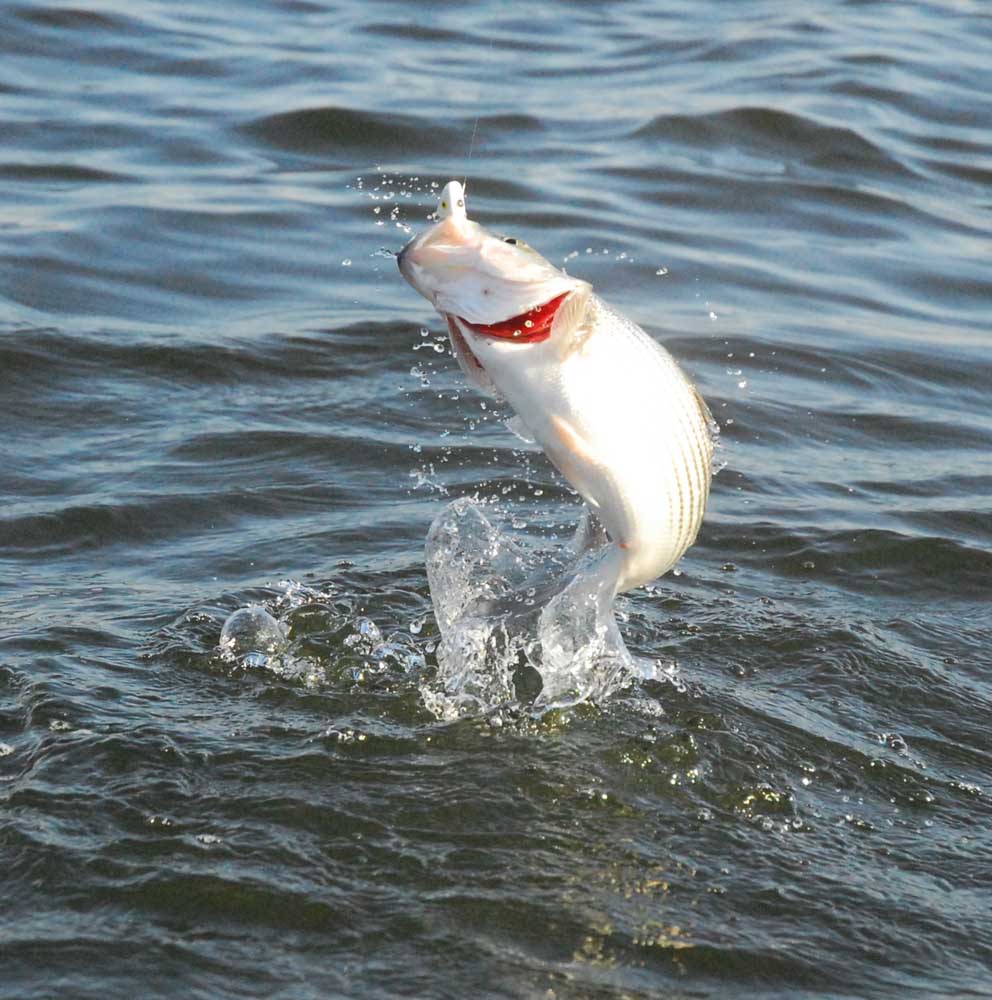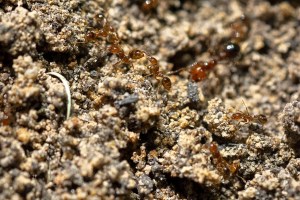Versatility and Flexibility: East Texas’ big lakes fishing variety beyond largemouth bass
Published 3:45 pm Thursday, May 26, 2022

- Hybrid-striped bass, stripers and white bass are just some of the species that make Lake Tawakoni the most diverse fishing lake in East Texas.
While it may be largemouth bass that powers sportfishing on Texas’ lakes, there are a lot more options with ardent fishermen out there chasing them.
In the pecking order, bass are by far the most popular species for Texas fishermen. They are followed by crappie then catfish and a lot of other species like white bass, stripers and their hybrids, bream and even species like gar and carp.
Trending
Like with bass, not all East Texas lakes are equal so the question becomes what are the best all-around lakes for fishing in Texas. This list looks at the six best big lakes in East Texas for someone who just wants to go fishing.
Like with the lists of big and small lakes recently, Texas Parks and Wildlife Department biologist Tim Bister of Marshall, Todd Driscoll of Jasper and Jake Norman of Tyler nominated the lakes based on scientific data, fishermen reports and their own experience fishing.
1. Lake Tawakoni – Impounded in 1960, the 38,000-acre lake is a fisherman’s playground. It has a good bass fishery, but is better known for its white bass, stripers and hybrid striped bass along with being one of the top trophy catfish fisheries in the state and maybe the country.
“Just look at every species,” Norman said. “It just offers great fishing opportunities.”
The biologist said the lake is underrated for largemouth bass, noting it can require 25-pound and better weights to win in the spring.
“It is a phenomenal crappie lake, with both species in abundance. For blue catfish it is a world-class fishery,” Norman added. The lake has an 87.5-pound blue cat record and often attracts trophy catfish tournaments and is known for its winter trophy fishery.
Trending
Since it opened, fishermen came to fish for the lake’s white bass, but those have become secondary to hybrid-striped and striped bass that TPWD began stocking as a put-and-take fishery in the 1990s.
If there is a concern about Tawakoni, it is that its water rights belong to Dallas, and is one of the first lakes utilized during dry periods.
2. Lake Sam Rayburn – There is no doubt where Sam Rayburn stands on any list of bass fishing best lakes, but it also a destination for fishermen looking for a number of other species.
Driscoll said the combination of good habitat and size that makes Rayburn a great lake for bass makes it good for the other fisheries.
“That also affects crappie fishing and bluegill,” the biologist said.
Also benefiting are open-water species like white bass and blue catfish.
While the traditional sport fisheries are good, the lake is also popular with bowfishermen looking for gar and carp.
3. Lake O’the Pines – An older U.S. Army Corps of Engineers reservoir, the 20,000-acre lake is best known for its largemouth bass, but it is not the only species that provides excellent fishing.
“The channel catfish population at Lake O’the Pines provides consistent catches from year to year,” Bister said.
Crappie fishing is also excellent, and there is a strong winter trophy fishery for trophy-sized fish.
“Lake O’ the Pines has a very popular crappie fishery that continues to provide good fishing,” Bister said.
The white crappie record is 3.84 and the black crappie record is 2.87.
4. Lake Palestine – Like Lake O’the Pines, Lake Palestine is best known for its largemouth bass, but also has excellent crappie, catfish and white bass. It also has a hybrid-striped bass fishery that once was as good as any and appears to be coming back.
“Palestine is a mini-Tawakoni, but it is more consistent for bass year over year. Its crappie is a little better. It loses a little bump because it doesn’t have a true trophy blue catfish fishery, and its hybrid fishery is not as active because it missed some stockings,” Norman said.
He explained TPWD has changed its hatchery procedures and has been more successful in producing hybrids and stripers. Palestine, along with other lakes stocked with the fish, saw the results last year by receiving 100,000 additional hybrids above its recommended rate. A good forage base means the fish are extremely fast growing in the lake.
Palestine’s white bass population had declined following a dieoff in 2018, but had an excellent spawn this spring.
5. Lake Livingston – While Lake Livingston will not make anyone’s list of quality bass fishing lakes, there are plenty of other quality fisheries in the 90,000-acre reservoir stretching across Polk, San Jacinto, Trinity and Walker counties.
“It is an example, unfortunately, that not every lake can be a Sam Rayburn, Toledo Bend or Lake Fork. The problem is the lack of shoreline habitat. So much is bulkheaded because there is so much development. The problem on the upper end is siltation,” Driscoll said.
However, the lake is excellent for open water species like white bass and catfish.
“The biomass in that lake is through the roof. The catch rates for those fish is very high,” Driscoll explained.
6. Lake Bob Sandlin – Fishermen have had a love-hate relationship with Sandlin as bass fishing quality has risen and fallen with lake levels. But there are other species that do well.
“I included Lake Bob Sandlin because of the number of different species that anglers can target,” Bister explained.
While it may not excel in any fisheries categories, it has good fisheries for largemouth bass, catfish, crappie, white bass and sunfish. Catfish have an especially bright future on the lake.
“Previously stocked, blue catfish continue to grow and we anticipate this will be a self-sustaining population in coming years,” Bister said.




